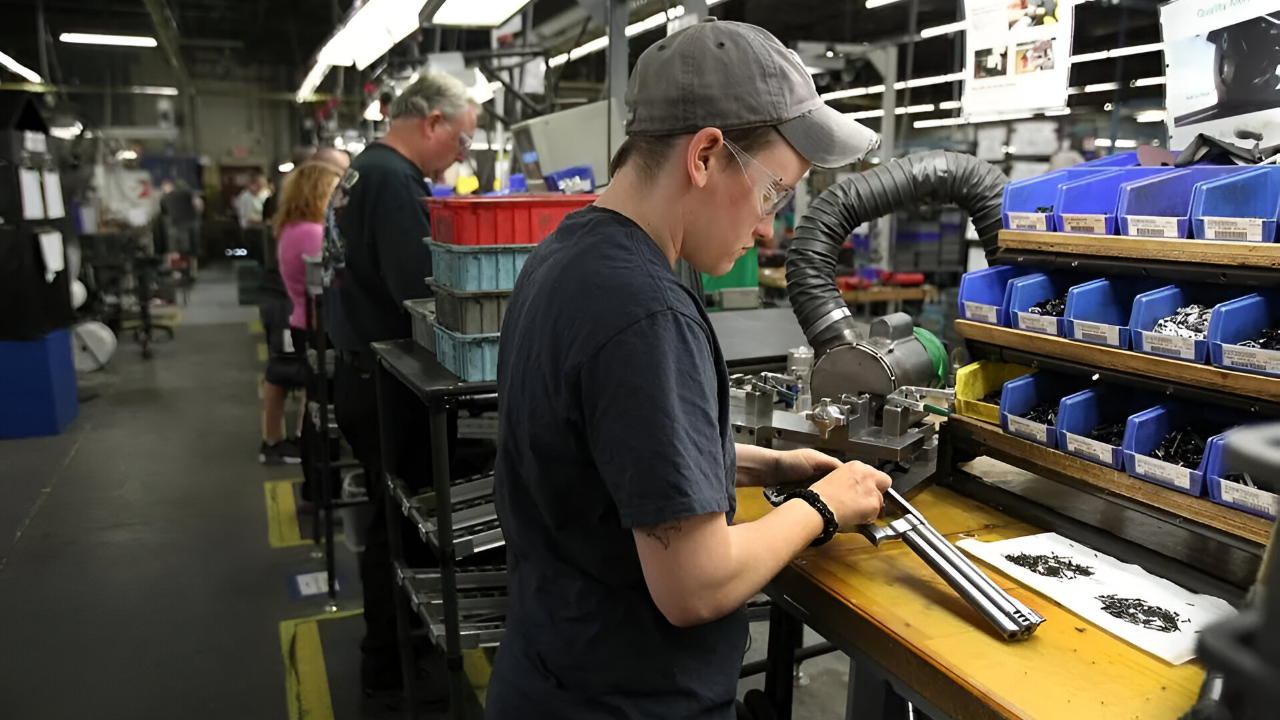
A leading Florida gun manufacturer has been thrust into the spotlight after filing for Chapter 11 bankruptcy on September 26, 2025, citing $12.7 million in liabilities against $5.2 million in assets. From its Palm Bay facility, the company continues operating under court protection as it attempts to restructure mounting debts.
The filing raises urgent questions about job security within Florida’s firearms manufacturing sector and how ongoing industry debt will reshape local employment.
When Sales Double But Companies Die
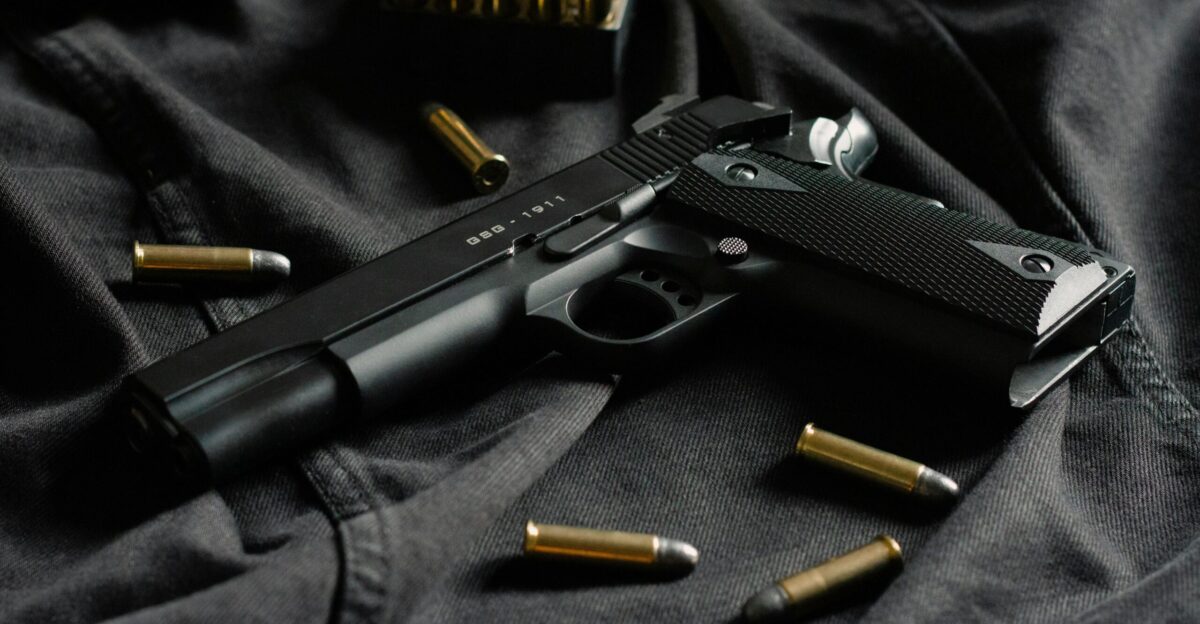
Since 2020, firearms makers have amassed $2.4 billion in debt, with marquee names like Remington and the NRA filing bankruptcy. Remington reported a “significant year-over-year deterioration” since 2017.
Nearly 40% of major brands have failed amid this debt wave, showing that skyrocketing sales haven’t guaranteed survival. Does this hint at systemic problems?
The Inventory Time Bomb
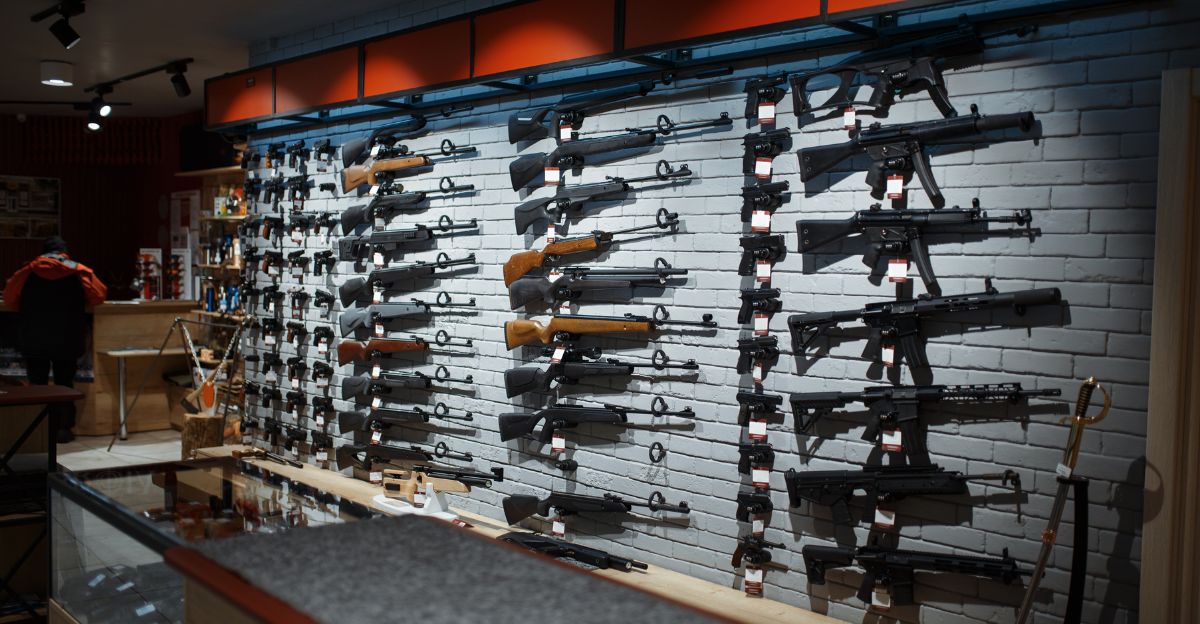
2020 brought 39.7 million FBI background checks amid pandemic fears. Manufacturers ramped up production, expecting permanent growth. But echoes from Remington’s 2016 filing warned, “Demands… ultimately did not materialize.”
Market analysts say overproduction crushed profit margins industry-wide. Could this have sown the seeds of today’s crisis?
Jobs Hanging by a Thread
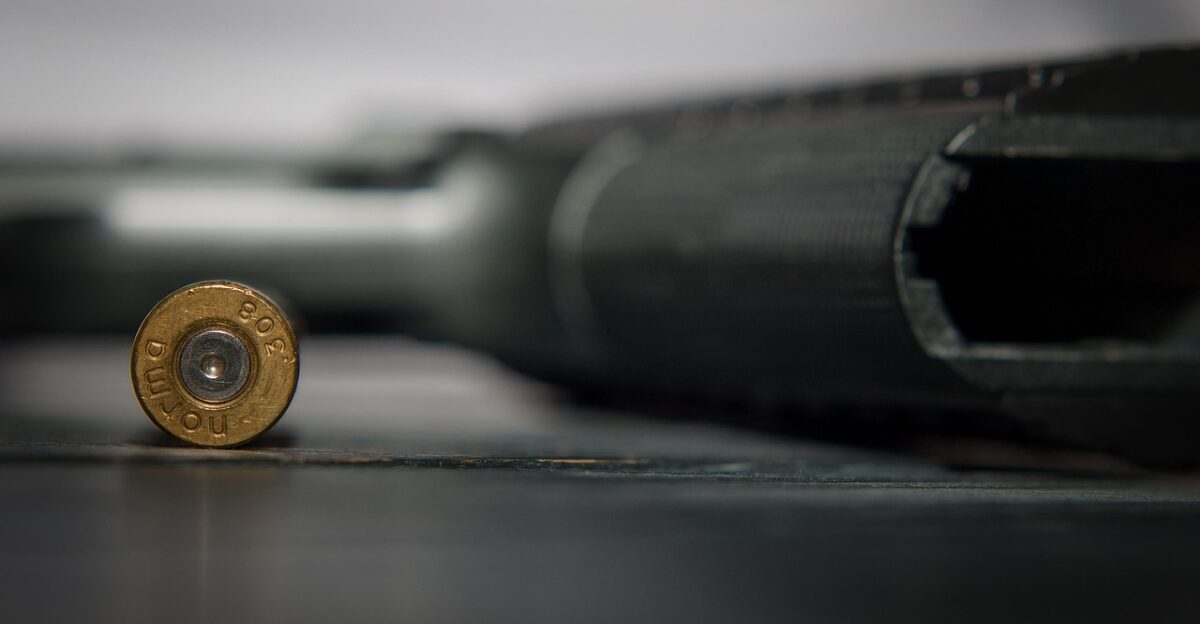
Brevard County, Florida, where Palm Bay lies, depends on manufacturing—firearms account for 4.2% of its industrial workforce. Local sales surged 183% from 2010 to 2020 but are now in steep decline.
State Rep. Randy Fine warned, “When manufacturers collapse, whole communities bleed.” With one Space Coast maker owing nearly 2.5 times its asset value, what does that mean for jobs?
Central Florida Firearms Files Chapter 11
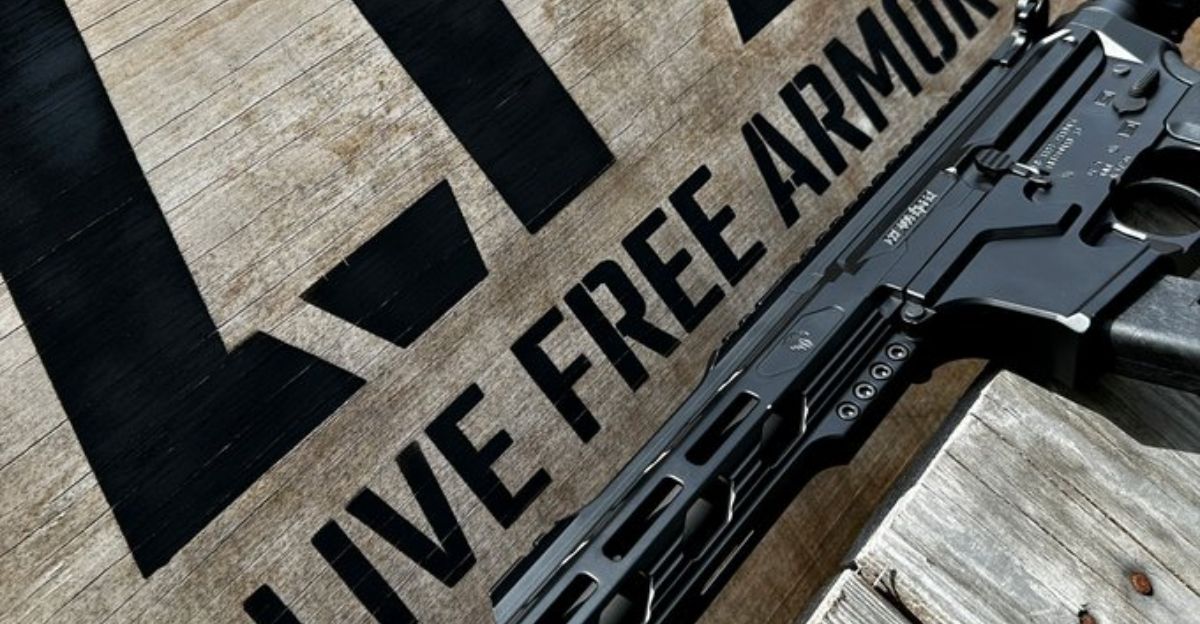
Central Florida Firearms LLC, operating as Live Free Armory, filed for Chapter 11 bankruptcy on September 26, 2025, listing $5.2 million in assets against $12.7 million in liabilities—a $7.5 million hole.
Court documents indicated that funds would be available for distribution to unsecured creditors, though the exact recovery percentage remains uncertain. Colby Santaw, the company’s Managing Member, signed the bankruptcy petition.
The Palm Bay facility has continued operating since the filing under Chapter 11 protection, which allows companies to reorganize while maintaining business operations.
Creditors Battle Over What’s Left

A legal fight erupted between Central Florida Firearms and lenders like Itria Ventures and Rocket Capital NY. These adversary proceedings—essentially lawsuits within the bankruptcy—could delay payouts and drain remaining funds.
Negotiations between debtors and creditor committees now determine whether the company can restructure successfully or collapse entirely, leaving suppliers and workers unpaid.
The ‘One-and-Done’ Buyer Problem
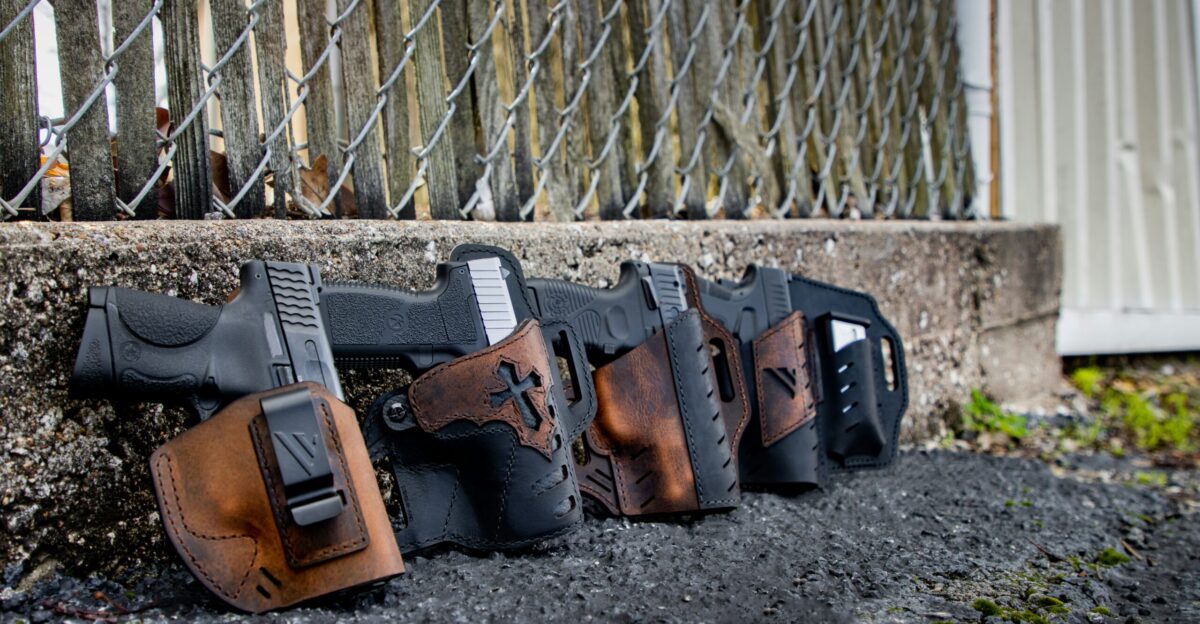
Millions of first-time gun buyers during 2020–2021 bought once and never returned, creating a demand plateau.
According to the National Shooting Sports Foundation, 40% of 2020 gun buyers were first-timers—well above normal levels. Analysts say this one-time surge boosted total ownership but killed repeat sales. Manufacturers bet on ongoing demand that simply never came back.
How $7.5 Million in Debt Built Up

The company’s $7.5 million deficit stems from pandemic-era expansion. Between 2020 and 2023, it overextended—ordering materials, hiring staff, and investing in new equipment. When demand slowed, fixed costs didn’t.
The result: unpaid vendor bills and bloated inventory. Its $5.2 million in assets—mostly stockpiled firearms—are now worth far less amid price drops.
Supply Chain Shock Across Florida
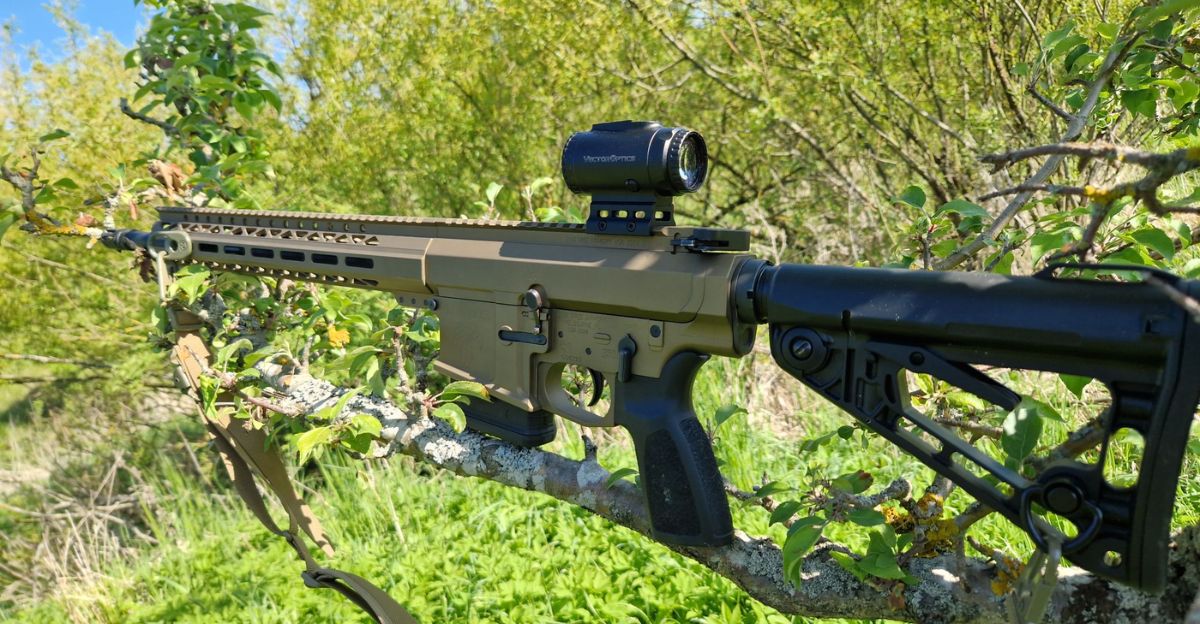
Central Florida Firearms’ bankruptcy sent shockwaves through Brevard County’s supplier network. Machine shops, packaging firms, and logistics providers face unpaid invoices. These ripple effects highlight how interconnected Florida’s firearms economy has become.
When one manufacturer collapses, local suppliers and service providers often absorb the financial blow—deepening regional manufacturing distress.
Inventory Glut Crushes Prices
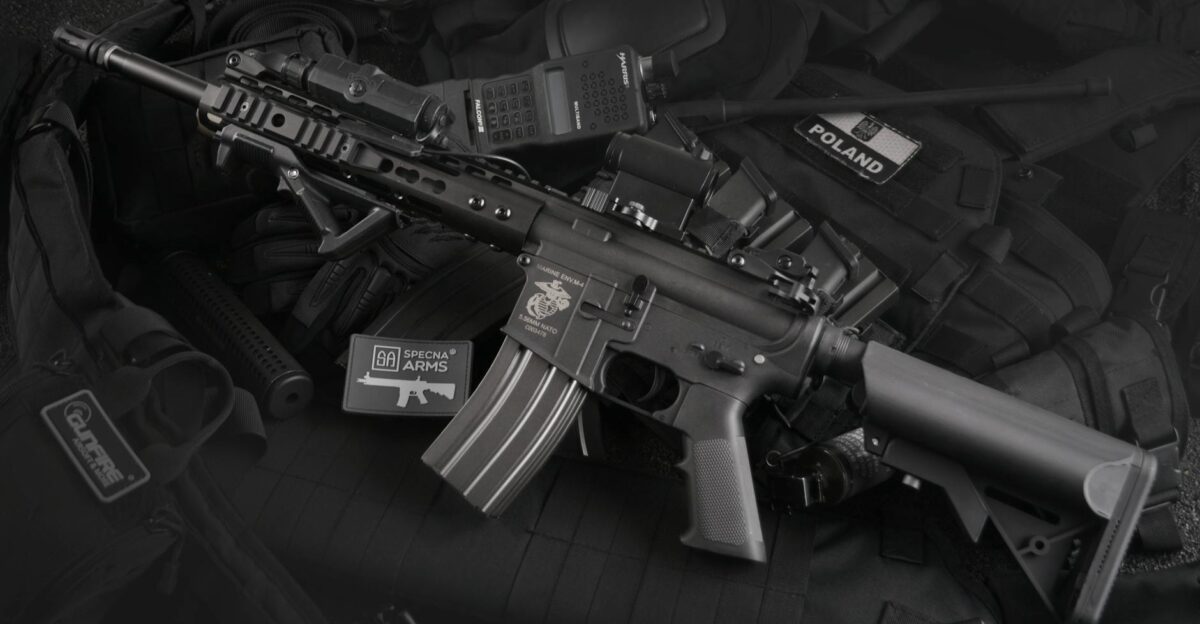
By late 2024, gun prices tumbled as companies slashed rates to clear stockpiles. Ruger’s CEO acknowledged “declining market demand” despite strong brand loyalty.
Smaller firms like Central Florida Firearms couldn’t compete—cutting prices killed profits, but holding inventory drained cash. It’s a lose-lose scenario that continues to push weaker players into insolvency.
Remington’s Shadow Over the Industry
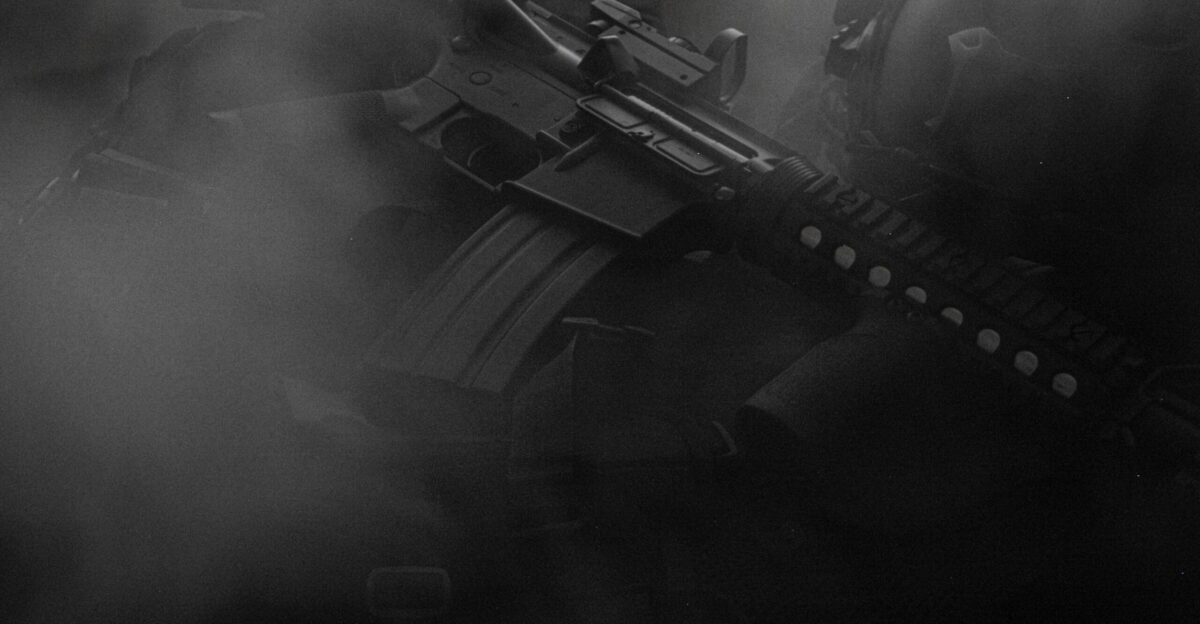
The collapse mirrors Remington Outdoor’s twin bankruptcies in 2018 and 2020, both driven by overproduction and debt. Remington’s filing admitted “a significant decline in sales and revenues” despite past dominance.
Central Florida Firearms followed the same path—expanding too fast on assumptions that pandemic-level demand would never end. History, it seems, has repeated itself.
Chapter 11—Lifeline or Delay?

Chapter 11 lets companies reorganize while continuing operations, but survival isn’t guaranteed. The NRA’s failed 2021 bankruptcy—dismissed for “not filed in good faith”—proved how tough reorganization can be.
Central Florida Firearms must now convince courts and creditors it can restructure effectively, or risk liquidation under Chapter 7 like many before it.
Imports Intensify the Pressure

U.S. manufacturers face fierce competition from imported brands like Glock, SIG Sauer, and Beretta. Even with tariffs introduced to favor domestic producers, imports still dominate shelf space. Central Florida Firearms’ collapse shows tariffs alone can’t fix structural problems.
Overproduction, debt, and waning demand have outpaced any benefit from trade protections.
Market Consolidation Speeds Up
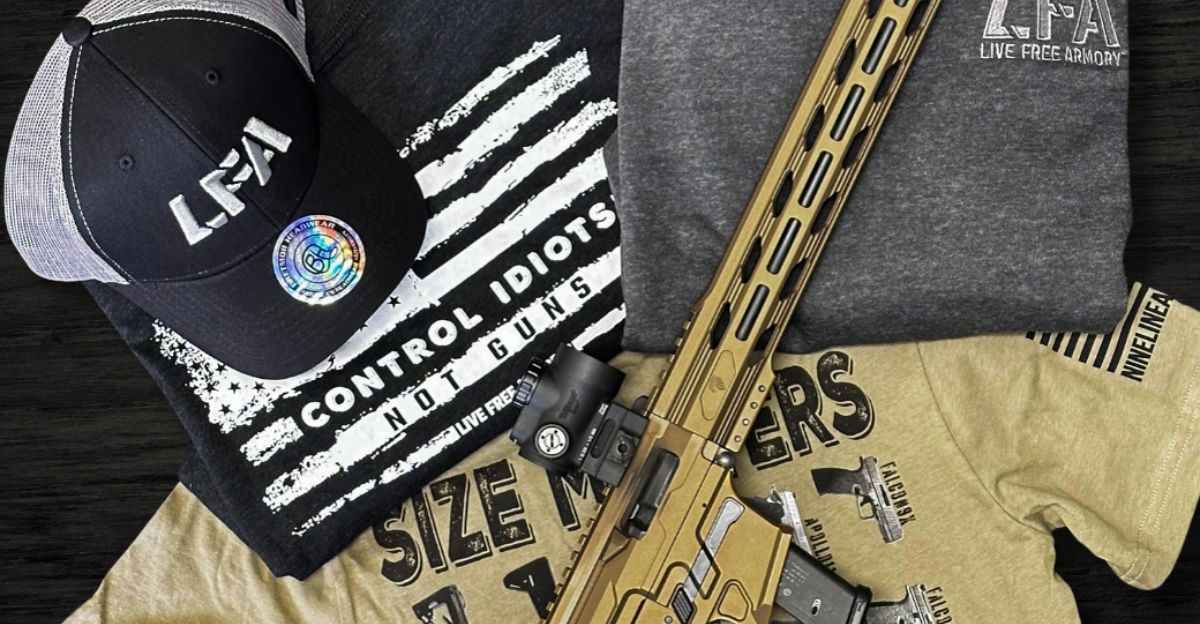
As smaller players fold, stronger companies like Ruger and Smith & Wesson are buying up market share. The top 40 manufacturers now control most U.S. gun production.
With leaner operations and healthier finances, big firms are weathering the storm—and emerging even stronger—while mid-sized manufacturers vanish in a wave of consolidation.
Federal Policy Adds to Uncertainty
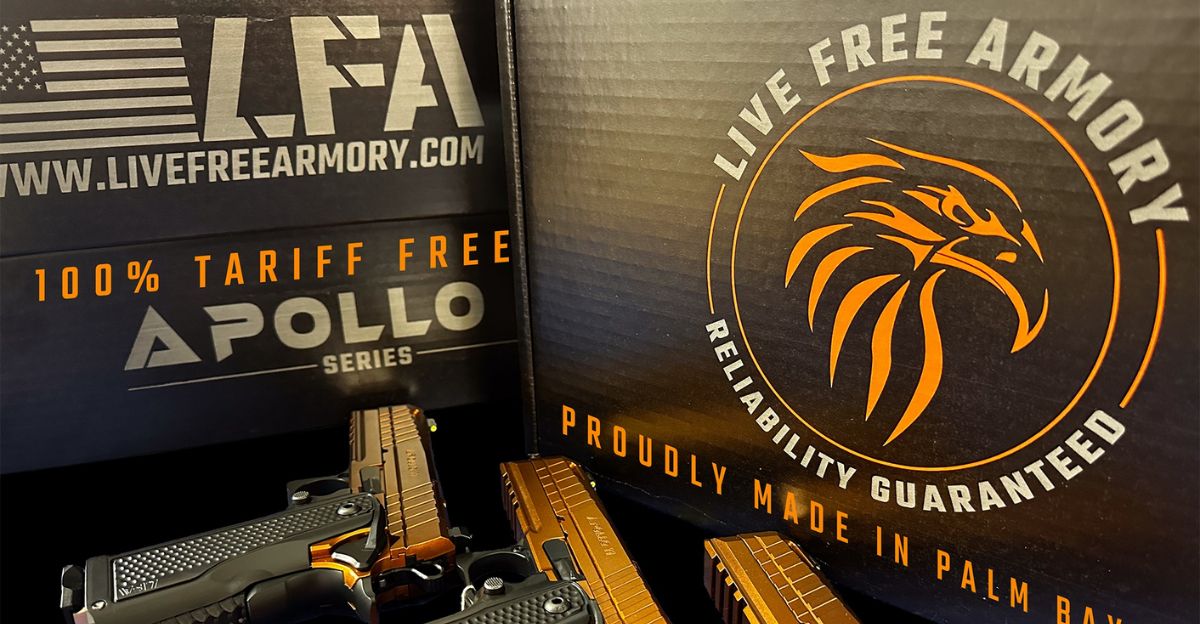
Firearms regulations continue to swing with each administration. Biden-era restrictions gave way to Trump’s 2025 rollbacks, including tariff hikes and reduced NFA taxes.
These rapid shifts make long-term planning nearly impossible. Companies like Central Florida Firearms likely invested under one set of rules—only to see the landscape shift before those bets could pay off.
Retail Network Strains Under Decline
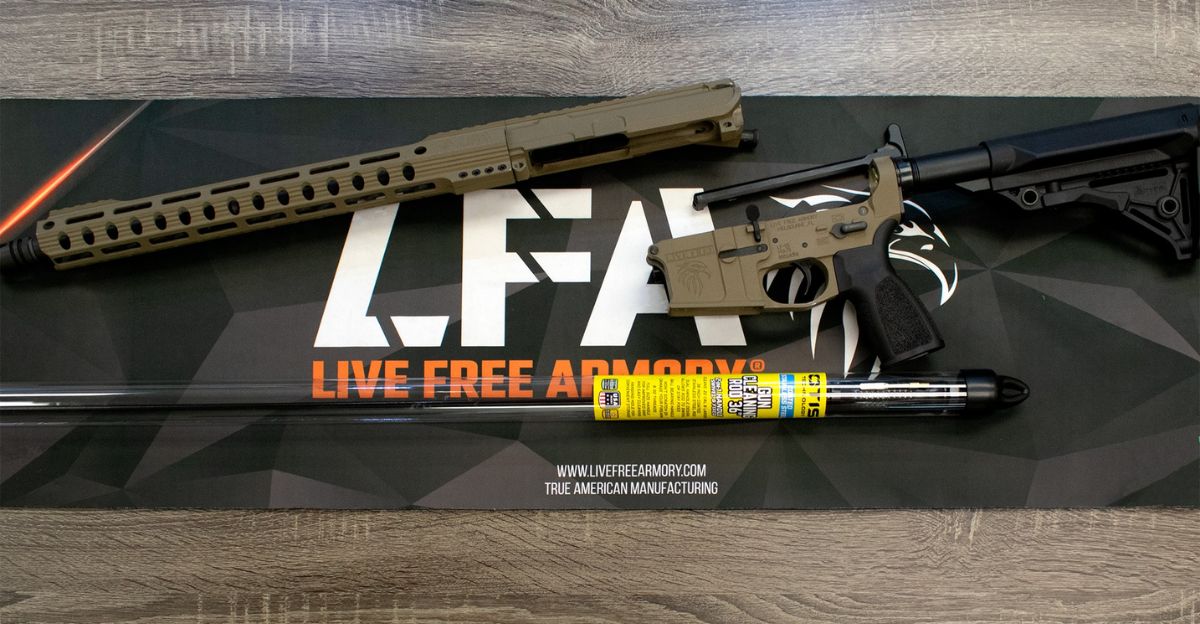
Gun shops nationwide report a 35% drop in sales since 2020, according to The Trace. Store owners say political calm has eased the “fear buying” that once drove demand.
As retailers order fewer products, distributors and manufacturers feel the pinch. The slowdown cascades through the entire supply chain, tightening margins and deepening the slump.
Price Wars and Vanishing Margins

Manufacturers now face cutthroat price wars. Ammo and firearm prices have plunged, with 5.56mm rounds dropping to 35–40 cents apiece—far below pandemic highs. Consumers benefit, but producers don’t. F
or companies burdened with debt, these price cuts are devastating, pushing already fragile firms like Central Florida Firearms closer to collapse.
The New Normal—Fewer Makers, Steady Demand
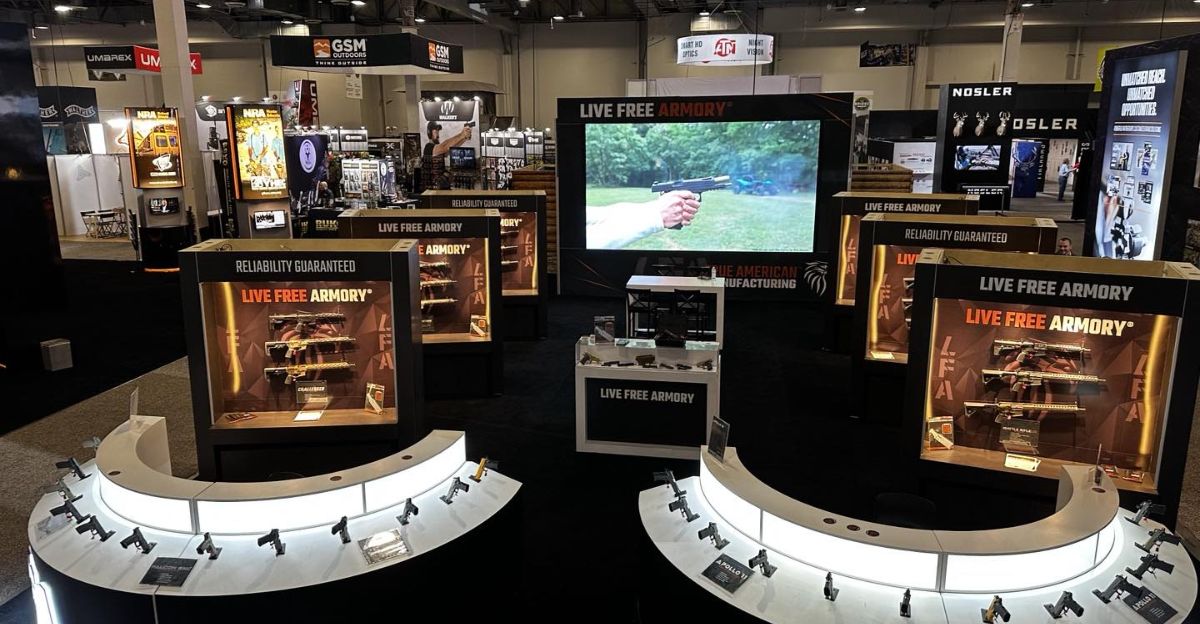
Despite enduring demand—28.1 million background checks in 2024—the industry is shrinking. Manufacturers built for a market that no longer exists, leaving overcapacity and cascading bankruptcies. The future belongs to larger, more efficient players that can absorb shocks and adapt.
Central Florida Firearms’ downfall marks another step in a broader reshaping of America’s gun industry crisis?